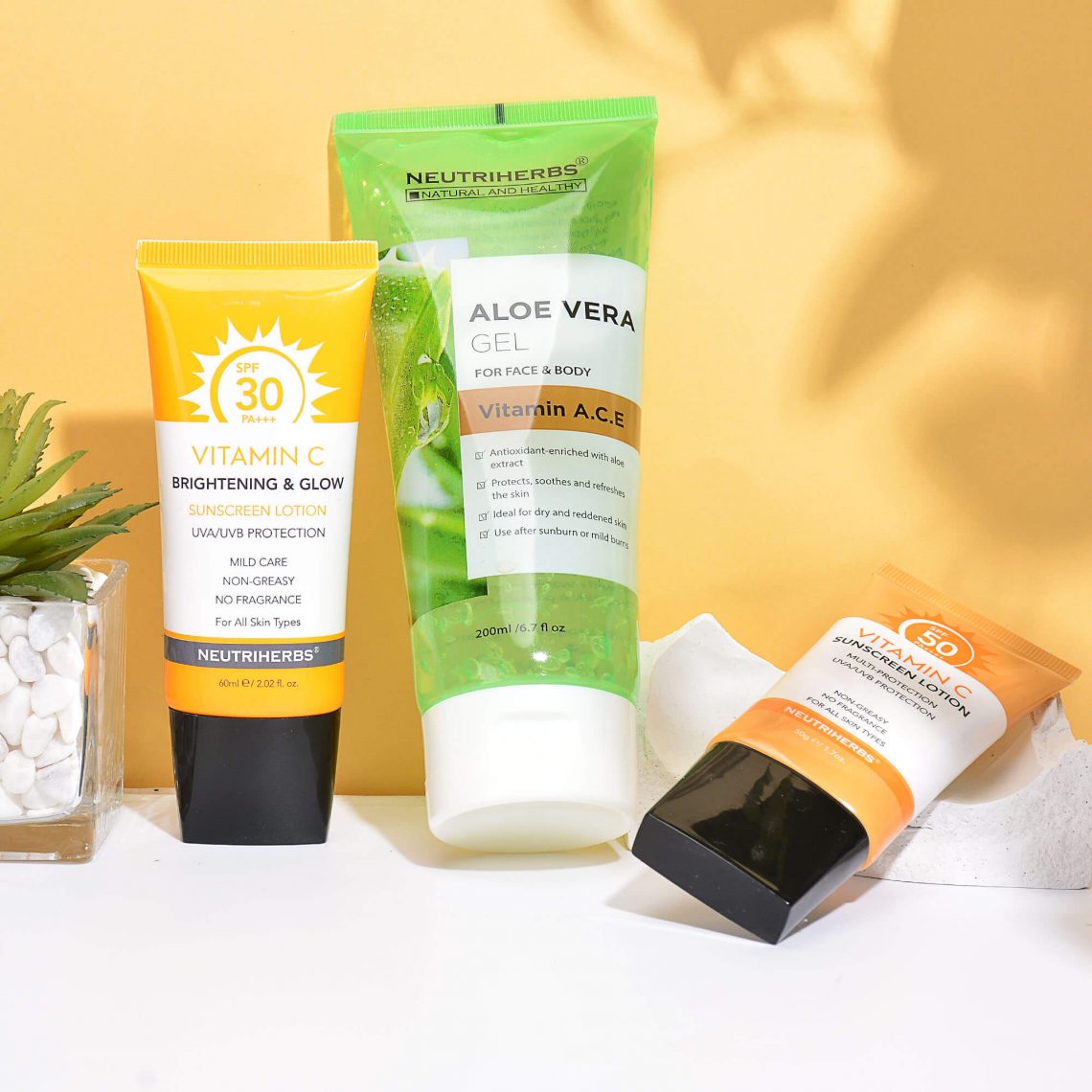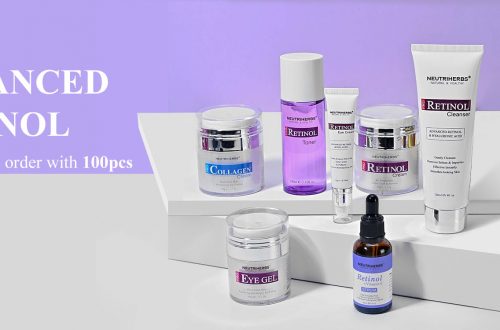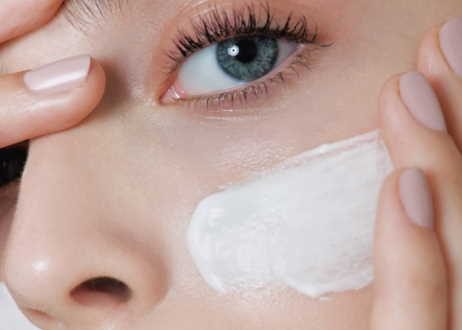
What differentiates sunblock from sunscreen?
Although sunscreen and sunblock are frequently used interchangeably, they are two very different sun protection chemicals. Have you ever wondered what makes them unique? Now that you know everything, making a decision will be simpler for you the next time around!
1) PROTECTION LEVEL
UV radiation is absorbed by sunscreen, which has chemical protection and lowers the number of rays that reach the skin. Although not all of them offer protection against UVA radiation, this product will ensure protection against UVB rays. Sunblock, a tangible product, on the other hand, entirely blocks radiation from reaching the skin because it completely reflects both UVA and UVB rays.
Consider that the amount of protection increases with increasing SPF or FPS (Sun Protection Factor). To ensure better coverage and skin protection, it is advised that it be at least 30.
2) SUNSCREEN VS. SUNSCREEN COMPONENTS
Organic chemical substances found in sunscreen include causula, octyl salicylate, and octyl methoxycinnamate. To shield the skin from injury, this product uses a chemical reaction to absorb ultraviolet light and turn it into heat.
The active components in the majority of sunblocks, titanium oxide and zinc oxide give them a thicker consistency. These elements filter UV radiation. In other words, the two products differ in how well they shield the skin from UV rays. Sunblock is named from the way it physically forms a barrier to block UV radiation. Instead, sunscreen has ingredients that can absorb UV radiation faster than your skin.
3) DIFFERENCES IN THE TEXTURES OF THE BLOCKER AND PROTECTOR
When applied, sunscreen is transparent and invisible, and because it typically has a light texture, it blends more readily. But take care! mainly because they require more frequent reapplication. The ideal interval is every two to three hours.
Sunscreen has a thick feel to it and is almost always white. They can be more difficult to disseminate, which is one of their drawbacks. As we mentioned earlier, the elements they contain give them their texture.
Although both products are effective at protecting the skin, those with sensitive skin are advised to use sunscreen instead of sunblock since some of the chemical compounds in sunblock may irritate their skin or trigger an allergic reaction.
4) HOW TO PROPERLY APPLY SUNSCREEN AND SUNBLOCK?
We clarify why and provide instructions on how to properly apply sunblock and sunscreen to their gorgeous faces.
Sunscreen must be massaged into the skin until it covers the entire surface because it only functions when it is absorbed into the skin. After use, the product won’t leave any residue. The best for everyday use is this.
Since ultraviolet light can burn even the smallest exposed area of skin, sunscreen must be applied uniformly. This product typically leaves a white mark on the skin because it does not rub off.
It is advised to apply sunscreen 30 minutes before going outside so that the skin has time to absorb the protecting ingredients. Sunblock can be applied a few minutes before exposure because of its makeup, which allows it to stay on the skin’s surface.
Remember to reapply at least every two hours if your daily schedule involves spending the majority of the day in the sun. If you frequently perspire or become wet, the frequency needs to be increased.




